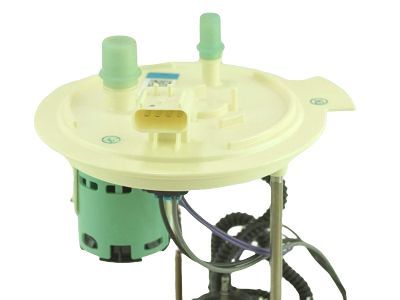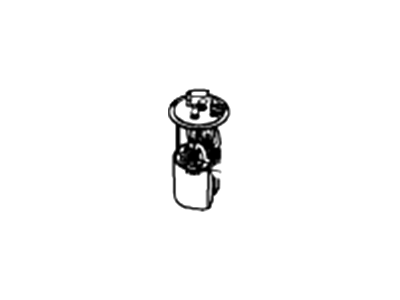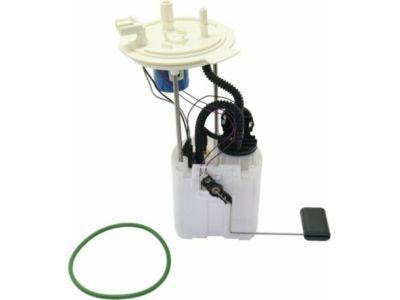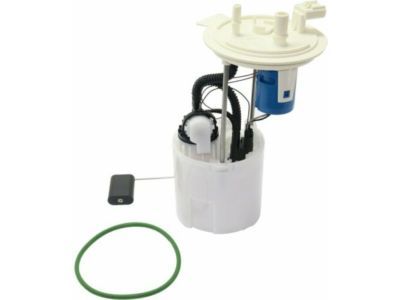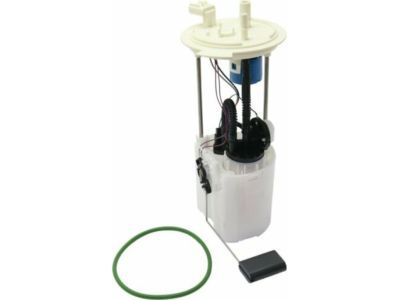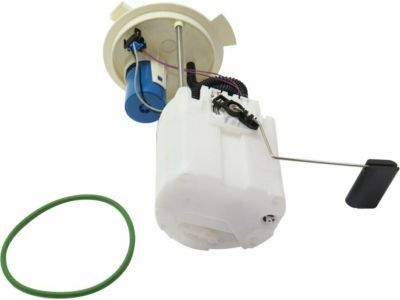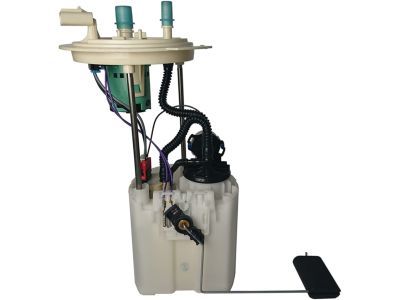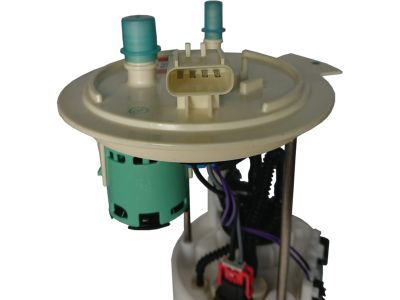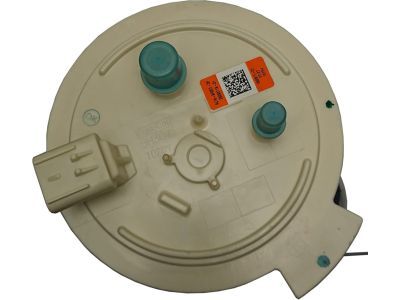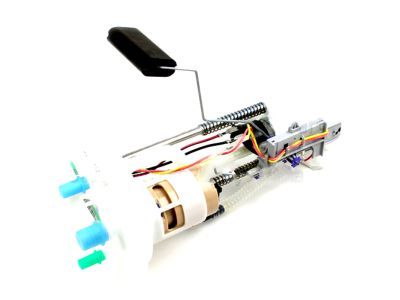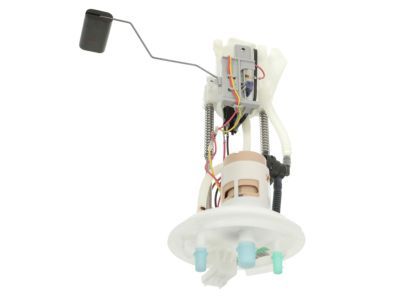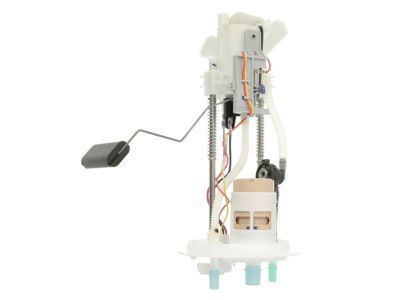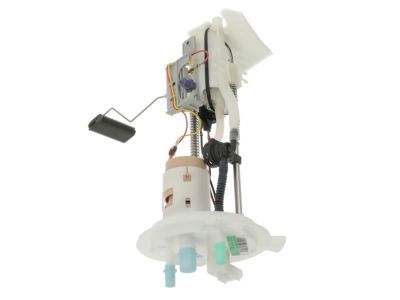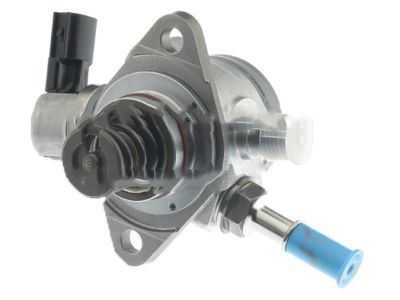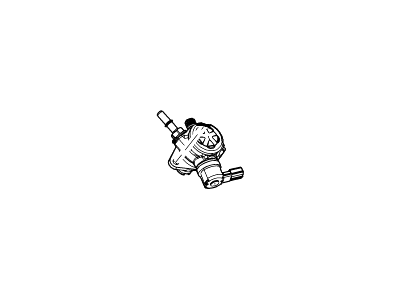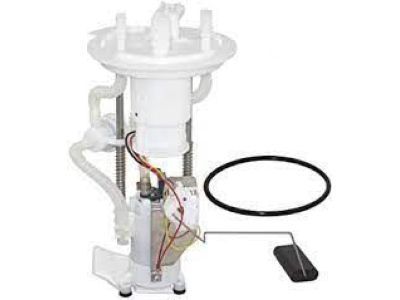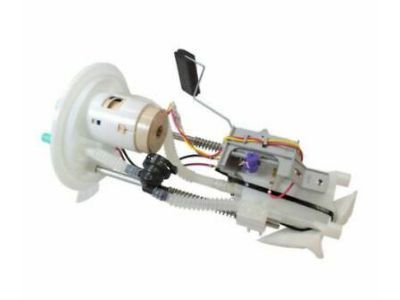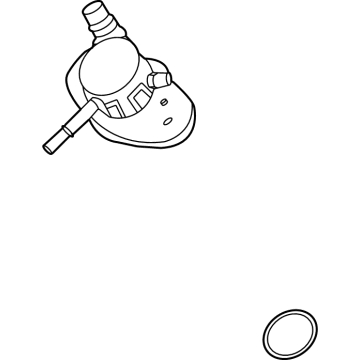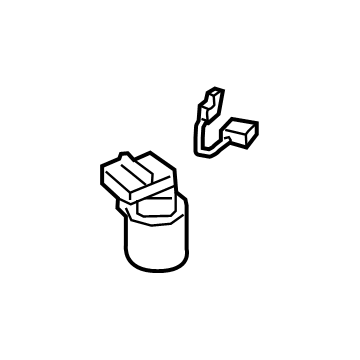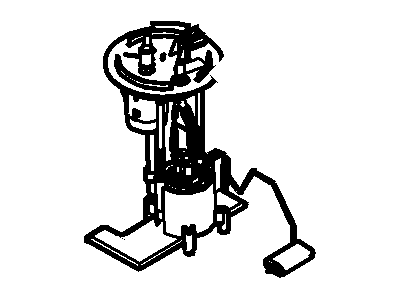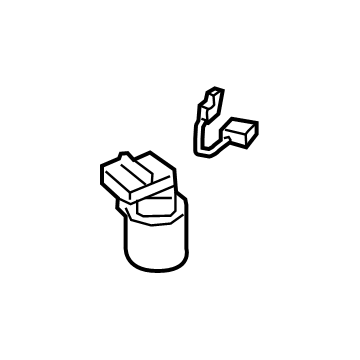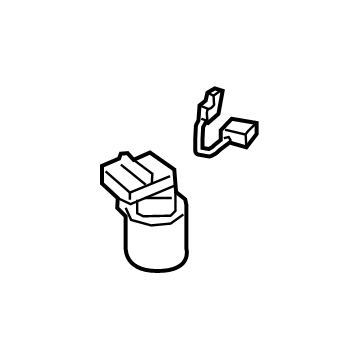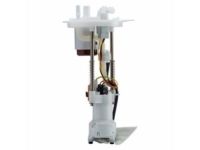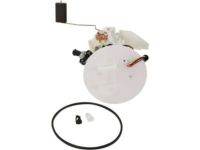

My Garage
My Account
Cart
Genuine Ford Expedition Fuel Pump
Gas Pump- Select Vehicle by Model
- Select Vehicle by VIN
Select Vehicle by Model
orMake
Model
Year
Select Vehicle by VIN
For the most accurate results, select vehicle by your VIN (Vehicle Identification Number).
32 Fuel Pumps found
Ford Expedition Fuel Pump And Sender Assembly
Part Number: 9L1Z-9H307-D$348.80 MSRP: $581.82You Save: $233.02 (41%)Ships in 1-2 Business DaysFord Expedition Sender And Pump Assembly
Part Number: AL1Z-9H307-C$322.64 MSRP: $538.18You Save: $215.54 (41%)Ships in 1-2 Business DaysFord Expedition Sender And Pump Assembly
Part Number: 8L1Z-9H307-B$299.45 MSRP: $481.82You Save: $182.37 (38%)Ships in 1-2 Business Days
Ford Expedition Fuel Pump Assembly
Part Number: HL3Z-9350-B$493.81 MSRP: $728.33You Save: $234.52 (33%)Ships in 1-2 Business DaysFord Expedition Fuel Pump Assembly
Part Number: BL3Z-9350-C$323.18 MSRP: $476.67You Save: $153.49 (33%)Ships in 1-2 Business DaysFord Expedition Fuel Pump Assembly
Part Number: HL3Z-9350-A$493.81 MSRP: $728.33You Save: $234.52 (33%)Ships in 1-2 Business DaysFord Expedition Fuel Pump And Sender Assembly
Part Number: 7L1Z-9H307-FA$295.07 MSRP: $474.76You Save: $179.69 (38%)Ships in 1-2 Business DaysFord Expedition Sender And Pump Assembly
Part Number: 7L1Z-9H307-E$299.45 MSRP: $481.82You Save: $182.37 (38%)Ships in 1-2 Business DaysFord Expedition Fuel Pump
Part Number: ML3Z-9350-A$513.36 MSRP: $757.17You Save: $243.81 (33%)Ships in 1 Business DayFord Expedition Sender And Pump Assembly
Part Number: JL1Z-9H307-C$453.44 MSRP: $756.36You Save: $302.92 (41%)Ships in 1-2 Business DaysFord Expedition Sender And Pump Assembly
Part Number: JL1Z-9H307-G$453.44 MSRP: $756.36You Save: $302.92 (41%)Ships in 1-2 Business DaysFord Expedition Sender And Pump Assembly
Part Number: 9L1Z-9H307-C$348.80 MSRP: $581.82You Save: $233.02 (41%)Ships in 1-2 Business DaysFord Expedition Sender And Pump Assembly
Part Number: AL1Z-9H307-B$322.64 MSRP: $538.18You Save: $215.54 (41%)Ships in 1-2 Business DaysFord Expedition Sender And Pump Assembly
Part Number: 8L1Z-9H307-A$288.85 MSRP: $481.82You Save: $192.97 (41%)Ships in 1-2 Business DaysFord Expedition Sender And Pump Assembly
Part Number: 9L1Z-9H307-A$319.79 MSRP: $514.55You Save: $194.76 (38%)Ships in 1-3 Business DaysFord Expedition Sender And Pump Assembly
Part Number: JL1Z-9H307-F$455.39 MSRP: $732.73You Save: $277.34 (38%)Ford Expedition SENDER AND PUMP ASY
Part Number: NL1Z-9H307-A$108.07 MSRP: $158.00You Save: $49.93 (32%)Ships in 1-2 Business DaysFord Expedition Sender And Pump Assembly
Part Number: JL1Z-9H307-E$689.92 MSRP: $1120.00You Save: $430.08 (39%)Ships in 1-3 Business DaysFord Expedition Fuel Tank Sender Assembly
Part Number: JL1Z-9A299-A$76.95 MSRP: $122.73You Save: $45.78 (38%)Ships in 1-2 Business DaysFord Expedition Sender And Pump Assembly
Part Number: 7L1Z-9H307-A$295.07 MSRP: $474.76You Save: $179.69 (38%)
| Page 1 of 2 |Next >
1-20 of 32 Results
Ford Expedition Fuel Pump
A vehicle's Fuel Pump, in this case the Ford Expedition Fuel Pump, is very important as it transports fuel to the engine for the premier combustion. It delivers fuel from the tank to the carburetor or the fuel injection mechanism, whilst electric pumps are employed in the fuel injection business. Pump as fixed on mechanical operation of the car with the help of camshaft delivers fuel to the carburetors. Performance fuel pumps are measured by GPH or LPH and depending on the horsepower required, there are different kinds. Thus, mechanical pumps have been embedded on engines, but electric pumps are preferred thanks to their efficiency and capacity to provide high pressure. In general, the Ford Expedition Fuel Pump is very crucial in providing the necessary fuel supply to the engine.
We provide a wide range of Ford Expedition Fuel Pump at the best prices possible. If you need Ford Expedition Fuel Pump, you can shop with confidence on our website. All our OEM parts come with a manufacturer's warranty and are delivered to your door step with a fast delivery service.
Ford Expedition Fuel Pump Parts Questions & Experts Answers
- Q: How to remove and replace a fuel pump in a Ford Expedition?A:Siphon residual fuel from the tank before removing the fuel pump. Disconnect the negative battery cable, raise the vehicle, and remove the Fuel Tank. Highlight alignment marks on the fuel pump assembly and tank. Remove fuel pump assembly bolts and pull the assembly from the tank. Discard the old seal ring. If reusing the pump, clean the strainer in solvent. If installing a new pump, it'll come with a new strainer. Disconnect the electrical connector and remove the pump from the assembly. Clean the pump mounting flange and tank surface. Install in reverse order, using heavy grease to keep the new seal in place.
- Q: How to perform a fuel pressure and Fuel Pump test on Ford Expedition?A:To perform a fuel pressure test, you need a fuel pressure gauge and adapter set. After relieving fuel pressure, disassemble any fuel connection with a shop towel laid over it. Remove the fuel filler cap and listen for a whirring sound when the ignition key is turned on. If there's no sound, check the fuel pump fuse and test for battery voltage to the fuel pump relay and PCM relay connectors. If there's no voltage, inspect the fuse(s) and wiring circuit. If voltage is present, check for battery voltage at the fuel pump harness connector. To check operating pressure, connect a fuel pressure gauge to the fuel pressure test port and start the engine. If the pressure is low, test the fuel pump or pressure regulator. If it's high, check for blockage. Use a vacuum pump to test the fuel pressure regulator. For returnless fuel systems, tee into the fuel pressure gauge between the fuel delivery hose and fuel rail. If the pressure is off, inspect the fuel delivery lines, hoses, and connections. Replace the fuel filter and recheck the pressure. If all else is okay, inspect the fuel pump inlet strainer and replace the fuel pump if needed. After testing, reconnect the fuel delivery line.
Related Ford Expedition Parts
Browse by Year
2024 Fuel Pump 2023 Fuel Pump 2022 Fuel Pump 2021 Fuel Pump 2020 Fuel Pump 2019 Fuel Pump 2018 Fuel Pump 2017 Fuel Pump 2016 Fuel Pump 2015 Fuel Pump 2014 Fuel Pump 2013 Fuel Pump 2012 Fuel Pump 2011 Fuel Pump 2010 Fuel Pump 2009 Fuel Pump 2008 Fuel Pump 2007 Fuel Pump 2006 Fuel Pump 2005 Fuel Pump 2004 Fuel Pump 2002 Fuel Pump 2001 Fuel Pump 1998 Fuel Pump 1997 Fuel Pump
